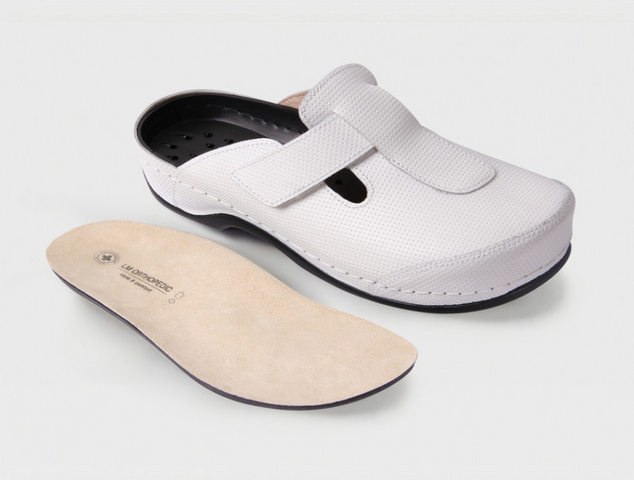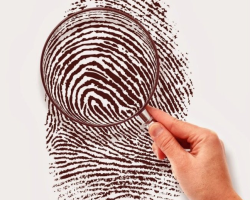What is the difference between orthopedic shoes and simple? It is needed to prevent stop diseases and treatment.
Content
- Why does the child need children's orthopedic shoes?
- Video: Children's orthopedic shoes: preventive and therapeutic. Tips to parents. Union of Pediatricians of Russia
- Why an adult needs orthopedic shoes?
- What is the difference between orthopedic shoes and ordinary shoes: what are the types of orthopedic shoes?
- What is the difference between orthopedic shoes and anatomical shoes?
- What is the difference between orthopedic shoes and preventive shoes?
- How to choose orthopedic shoes for a child and adult?
- When do you need to wear orthopedic shoes?
- What can be dangerous to ordinary shoes for the health of the feet?
- Video: Children's shoes and valgus. Orthopedic, anatomical or preventive - what is the chip?
- Video: How to choose the right children's orthopedic shoes?
- Video: Orthopedic shoes for adults
In life, we constantly encounter things that we know little about or do not know anything at all. On TV, on the Internet, magazines and catalogs - incomprehensible items surround us everywhere. At the same time, quite often in the list of interesting, but incomprehensible things, even the objects of the wardrobe fall. You can recall, for example, an object such as orthopedic shoes. Considering that not all people wear it, little is also known about its specifics and features. Meanwhile, orthopedic shoes are adult or children's, and is noticeably different from the usual one.
Read on our website another article on the topic: "Why can't you wear someone else's shoes?". You will learn about signs, as well as find the opinion of doctors.
What is the difference between orthopedic shoes and ordinary shoes, we will tell in detail in this article. You will also find out why adults or children need such boots. Read further.
Why does the child need children's orthopedic shoes?
Often in the context of discussion of orthopedic shoes, the topic of children involuntarily pops up. This is not without reason. Many parents really buy children's orthopedic shoes for their little schoolchildren, of course on the advice of doctors. But why does the child need it?
- Regarding children's orthopedic shoes, it is worth noting that its functions are preventive.
- The main task is the prevention of pathologies of the children's foot, as well as the creation of a properly formed set of foot.
- It is no secret that children are susceptible to diseases of the musculoskeletal system, and at school age, the risk of such pathologies increases many times due to increasing the load.
- The incorrectly formed foot further increases the load on the legs, and as a result, leads to violations in the operation of the musculoskeletal system.
It is worth adding that the process of choosing children's shoes is important. For example, it is very important that the boots are definitely suitable for size. The shoes selected correctly is the key to the baby’s health.
Video: Children's orthopedic shoes: preventive and therapeutic. Tips to parents. Union of Pediatricians of Russia
Why an adult needs orthopedic shoes?
There is not only children's, but also adult orthopedic shoes. We will tell you about what functions this element of an adult wardrobe performs. So, why an adult needs orthopedic shoes?
- As in the case of children, the legs of an adult can be negatively influenced by high loads, genetic deviations or wearing irrelevant shoes.
- To avoid or reduce the risk of foot deformation, adults wear orthopedic shoes.
By the way, both adults and children's orthopedic boots are made only of natural material. Only such shoes or sandals can be considered real preventive.
What is the difference between orthopedic shoes and ordinary shoes: what are the types of orthopedic shoes?
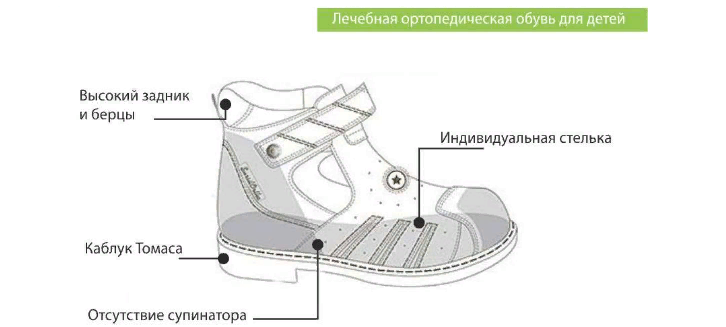
The fact that orthopedic shoes are different from the usual one is obvious to any person, especially, which wears it constantly. But what exactly are the differences?
- The main difference is that the orthopedic is selected individually, under each foot.
- In addition, orthopedic shoes have a shock -absorbing sole, anatomical backdrop and a wide bow.
It is also worth noting that there are several types of orthopedic shoes:
- Therapeutic and preventive
This type is designed to prevent foot deformation. Such boots can reduce pain while walking, reduce the heaviness in the legs and fatigue.
- High comfort shoes
It gives a person a sense of maximum comfort and allows you not to feel fatigue for a long time.
- Postoperative shoes
The third and last type is called "postoperative." It is not difficult to guess from the name, such shoes are intended for rapid restoration of the lower extremities after surgery.
It is worth noting: Usually, along with orthopedic shoes, insoles are sold to it. However, they can always be replaced by the individual that the doctor prescribed.
What is the difference between orthopedic shoes and anatomical shoes?
Each parent should know what influence shoes have on the health of the child and how important its right choice is. There are many types and types of shoes, and you can get confused in them. For example, many people do not distinguish between concepts as orthopedic and anatomical shoes, despite the fact that this is not the same thing.
- The first and most obvious difference is that the anatomical is produced massively and has averaged parameters.
- Orthopedic shoes are created to order, and its parameters are always individual for each foot.
As a second difference, one can name the fact that orthopedic shoes are initially designed to combat pathologies of the feet, for example, flat feet. Anatomical models are not used to treat the problems of the musculoskeletal system, although they can warn them.
It is worth adding that, unlike orthopedic shoes, which is used on the recommendation of a doctor, anatomical models are suitable for absolutely all people and no indications are required to wear them.
What is the difference between orthopedic shoes and preventive shoes?
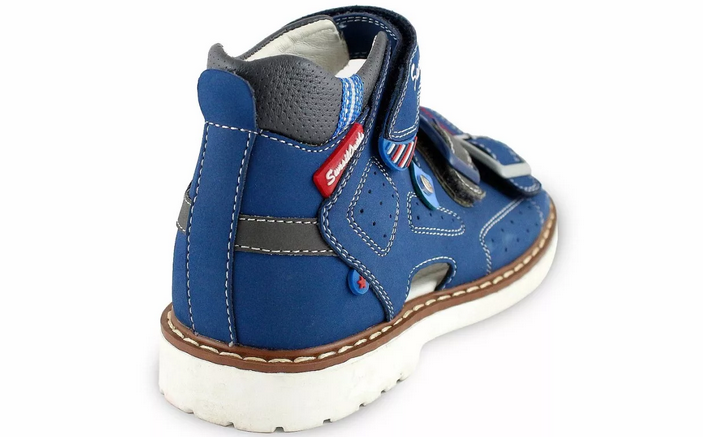
There is another type of shoe that people sometimes confuse with orthopedic boots. It is called "preventive" and for its purpose, it is close to orthopedic. However, these two types of shoes have differences. What are the differences between orthopedic and preventive shoes and how to determine them?

In fact, it is easy to find differences. It is only necessary to take the shoes in your hands and carefully consider them:
- Preventive - has a characteristic hard back and a wide nose.
- Its lateral part or “berets” is high compared to other models.
- Preventive shoes have an supervisor designed to maintain the arch of the foot.
- All such models have a heel entering the inside of the sole, by 5–7 mm. This type of heel is called the “heel of Thomas”, named after the surgeon of Owen Thomas in the 19th century.

It is worth noting: Preventive shoes do not have to combine all of the listed signs at the same time. So, for example, some models can only have an arch and a hard back, while others will only have Thomas's heel.
How to choose orthopedic shoes for a child and adult?
In addition to knowledge of the types, features and differences between models of orthopedic shoes, its right choice is of great importance. How to choose orthopedic shoes for a child and adult? The easiest way to choose such boots or sandals is to seek help from a specialist or doctor. However, an independent selection of the model is possible in this case, the following must be taken into account:
- The most important thing that needs to be paid to is the size. It should be suitable. This means that shoes should not squeeze the leg or be too free. In order to avoid such problems, you can make a foot template in advance by circling it with a pencil on a sheet of paper and cutting it out with scissors.
- When buying orthopedic shoes, you must always try on both boots at once. At the same time, putting it on, you need to insert a finger between the back and heel. If the finger passes too easily or with difficulty, this means that the shoes are not suitable and you need to choose another pair.
It is worth adding that having bought orthopedic shoes to the child, it is necessary to inspect his leg after each walk. Perfect shoes should not leave any scars and traces on the skin. If the marks still remain, you should contact a specialist and choose another couple of shoes or sandals.
When do you need to wear orthopedic shoes?
As described above, orthopedic shoes are specialized and not intended for every person. But when exactly do you need to wear it?
- She is needed for the treatment and prevention of stop diseases.
- Except flat feet and such diseases, common problems that require wearing orthopedic shoes are, for example, solid corns, corns, heel spurs and deformations of the finger joints.
- Another disease in which it is desirable to wear such boots and sandals is venous deficiency.
There are a lot of pathologies and diseases in which a specialist can register orthopedic shoes, and all of them are difficult to list them. Therefore, in case of any problems with the musculoskeletal system, it is better to immediately consult a doctor to obtain useful information and recommendations.
What can be dangerous to ordinary shoes for the health of the feet?
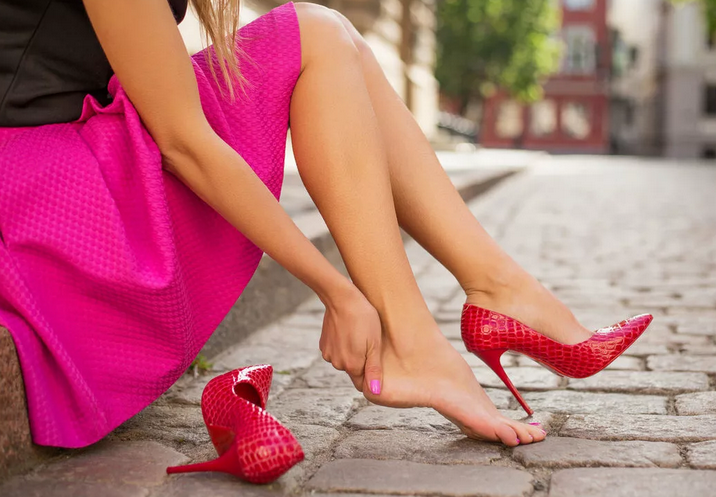
For many people, it can sound surprising, but even such a harmless thing like shoes can cause serious harm to health. First of all, this applies to the legs. What exactly can ordinary shoes for the health of the feet be dangerous? Here are a few nuances:
- Too high heel
This danger mainly applies to women. Wearing the so -called hairpins and other too high heels, too much loads the front of the foot. Subsequently, this leads to deformation of the thumb and the growth of “bones” on it.
- Lack of heel
Like the wearing of shoes with an overly high heel, to cause serious problems of the musculoskeletal system, there may be its complete absence. This is due to that in the absence of a height difference between the heel and the toe that provides the heel, the natural biological position of the foot occurs. Subsequently, this leads to the compaction of the arch of the foot, as well as the stretching of tendons and ligaments.
It is worth knowing:
- Doctors recommend wearing a stable heel shoes.
- The difference in the height of the sole between the toe and the heel should not exceed 2-4 cm.
- Following the advice of doctors is very important, because only by listening to the opinion of experts, you can keep your legs healthy and avoid severe pathologies in the future.
Despite the fact that orthopedic shoes are specialized and intended for the treatment of legs, a lot of modern people wears this part of the wardrobe just like that, believing that it is fashionable and original. However, you should not do it. After all, the use of a healthy person of something intended to combat the disease, unnecessarily, can, on the contrary, harm the body. As a result, it turns out that an object that until recently seemed just a beautiful and funny attribute will become a mandatory detail of everyday life.
Video: Children's shoes and valgus. Orthopedic, anatomical or preventive - what is the chip?
Video: How to choose the right children's orthopedic shoes?
Video: Orthopedic shoes for adults
Read on the topic:
- Nubuk shoes care: operating rules, tips
- How to dry shoes quickly from the inside?
- Interesting and outlandish signs about shoes
- Shoes creaks when walking: methods of getting rid of creak
- How to paint shoes made of leather, suede, nubuk, eco -leather?
- DIY knitted shoes: scheme, description
- NUBUK: What is the material for shoes?

